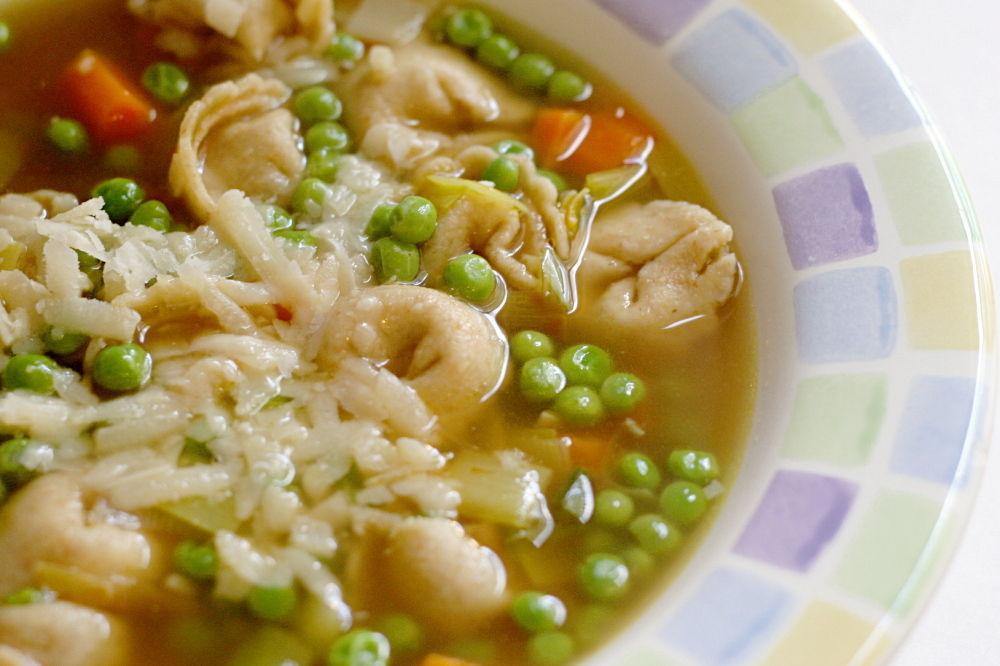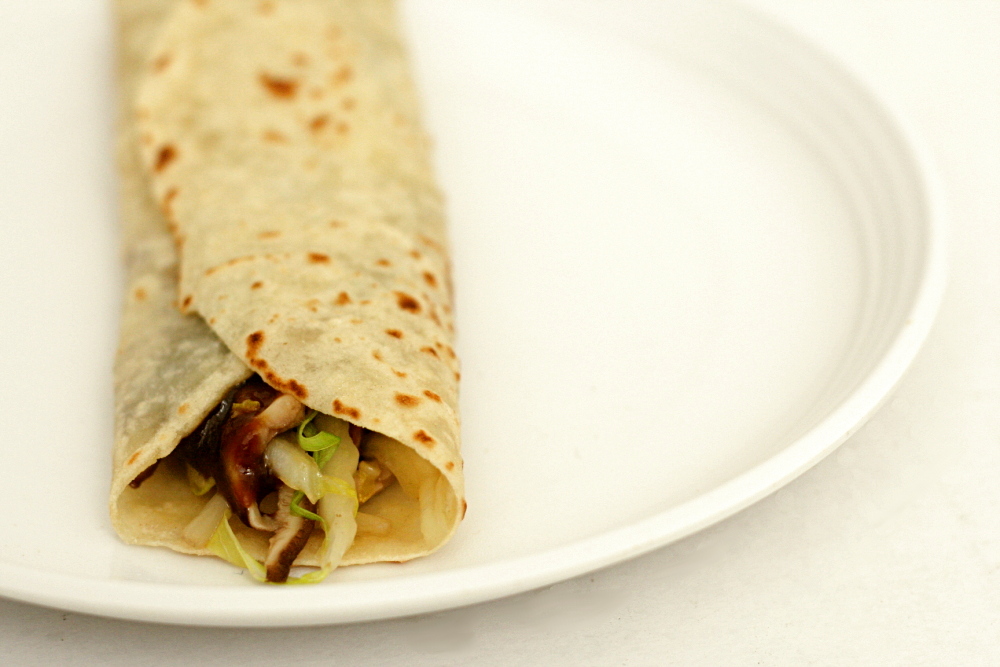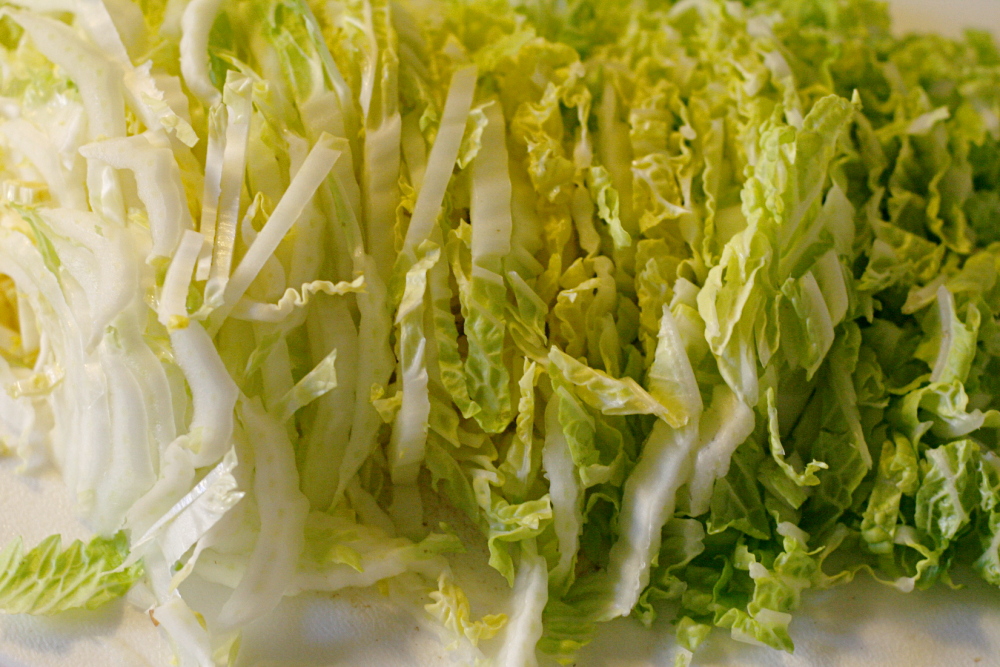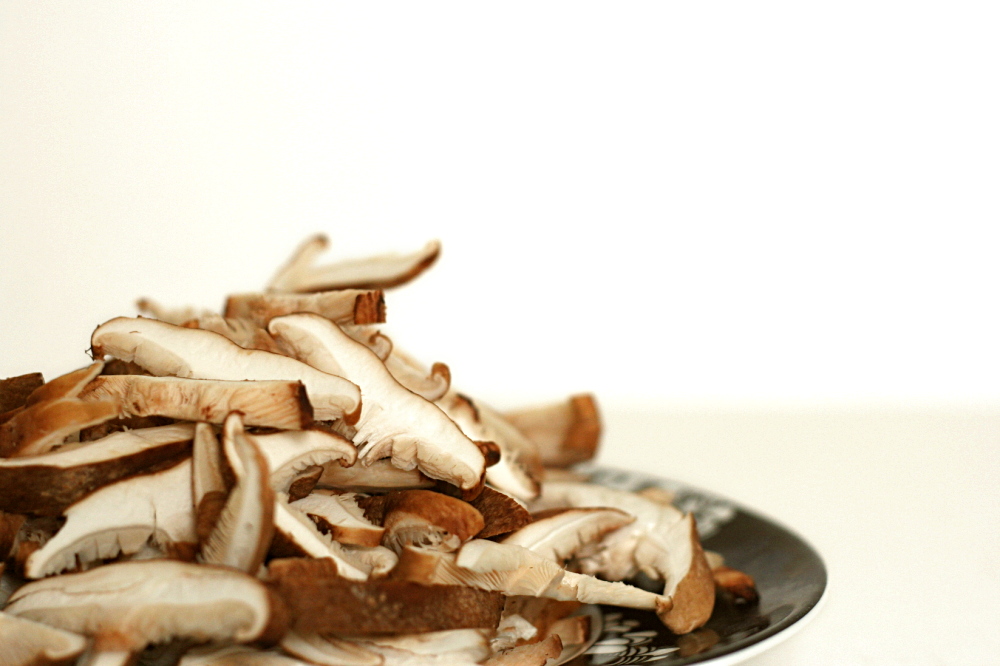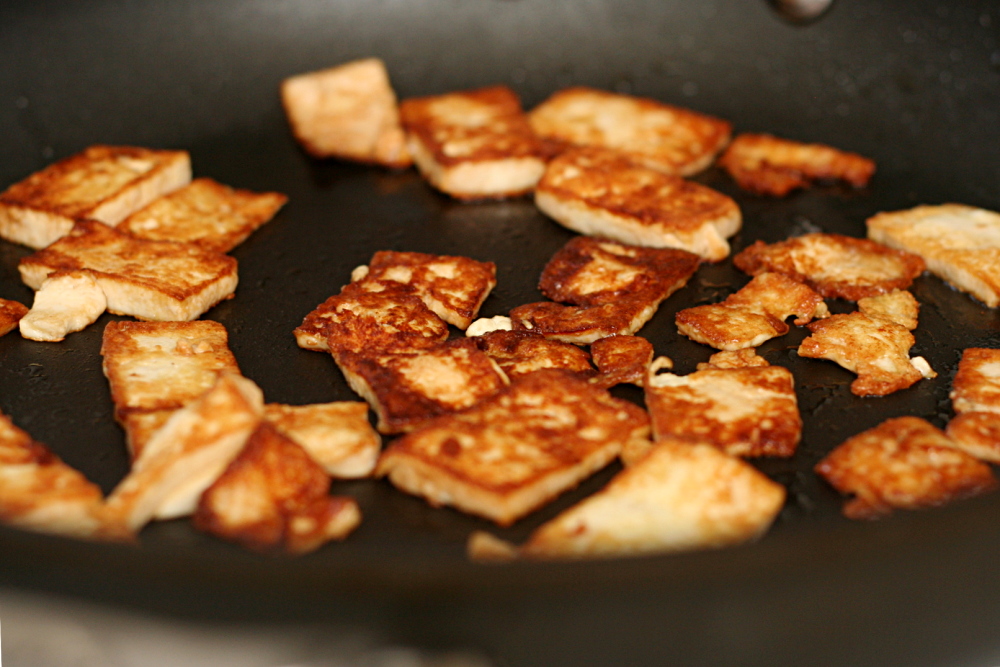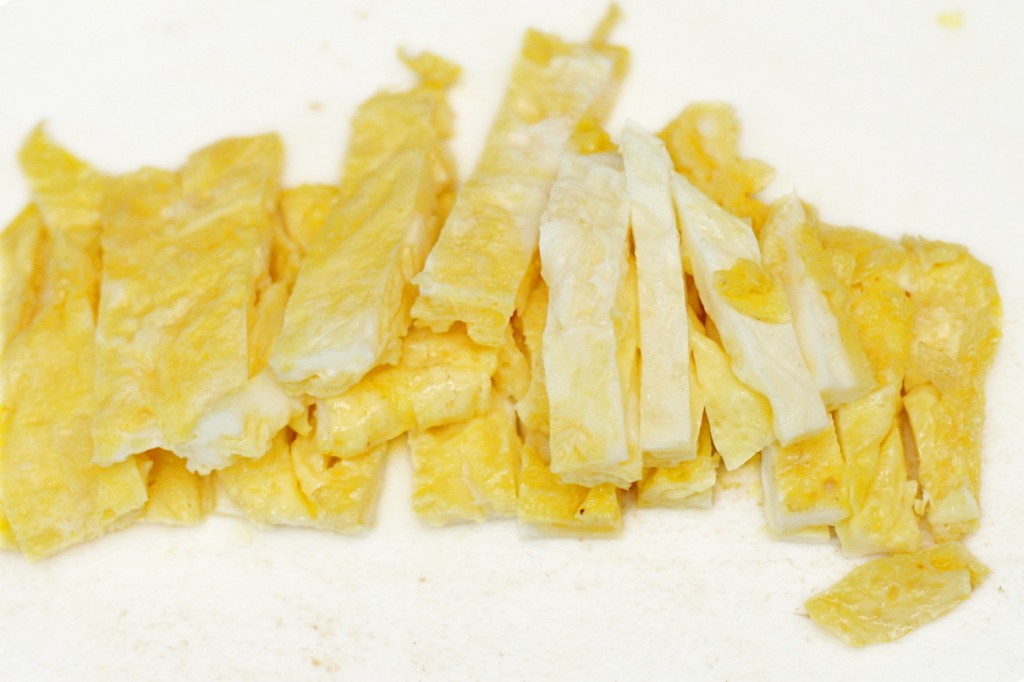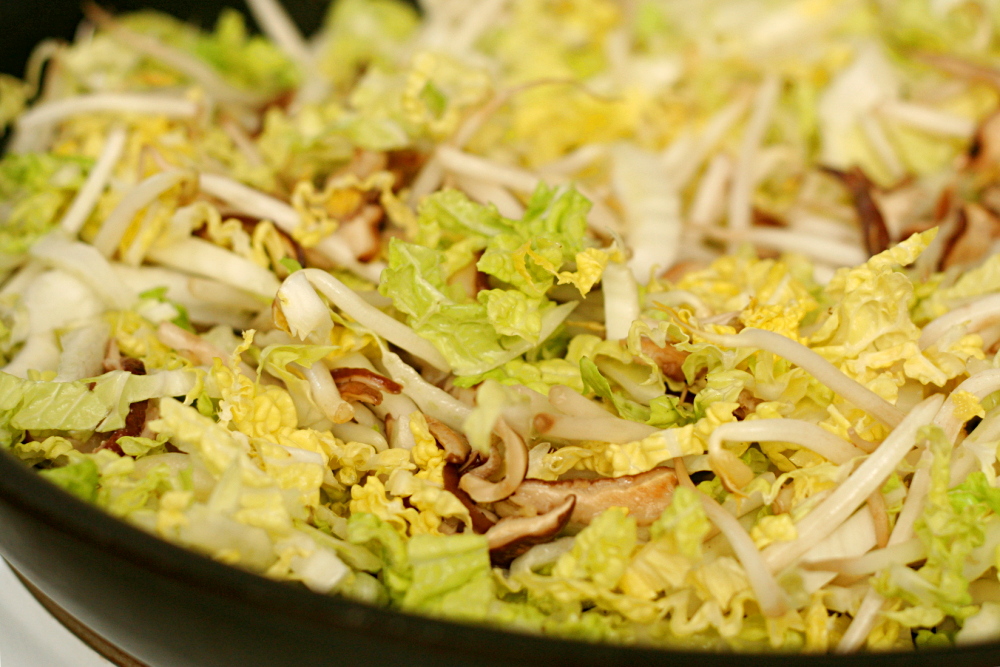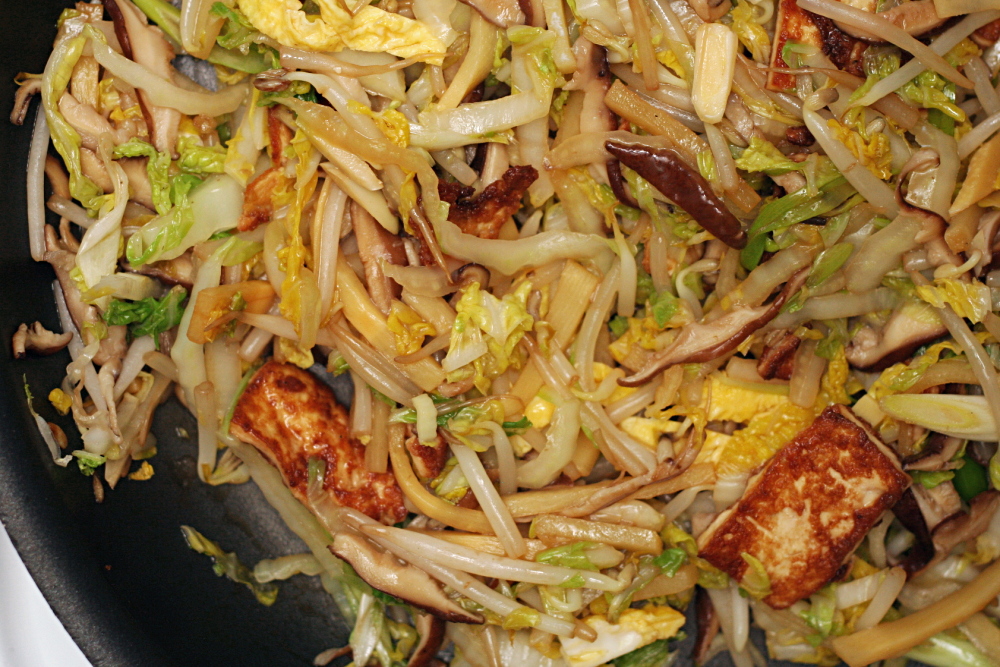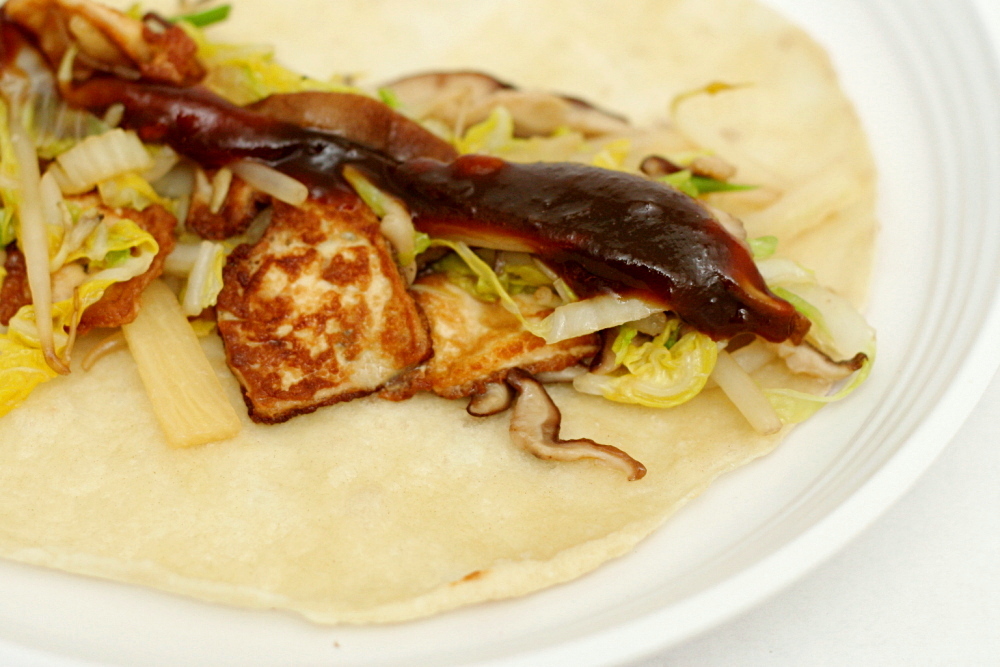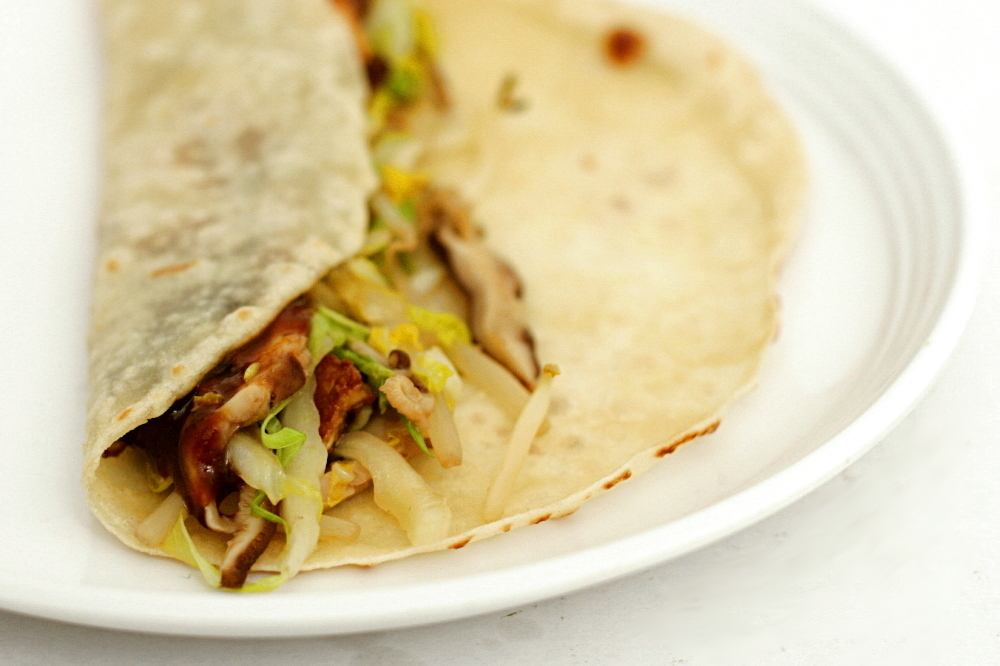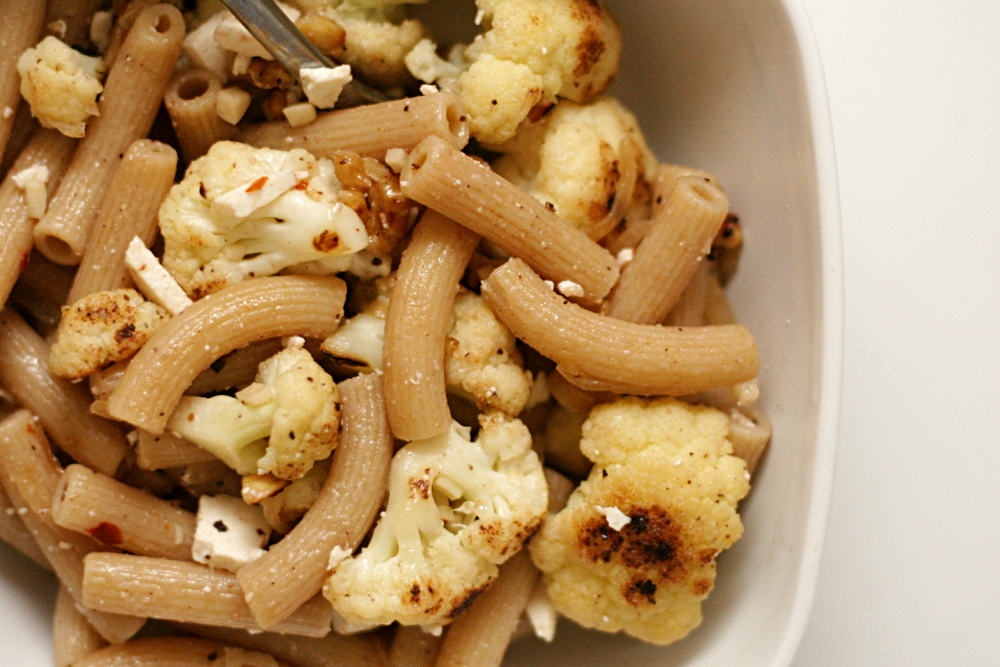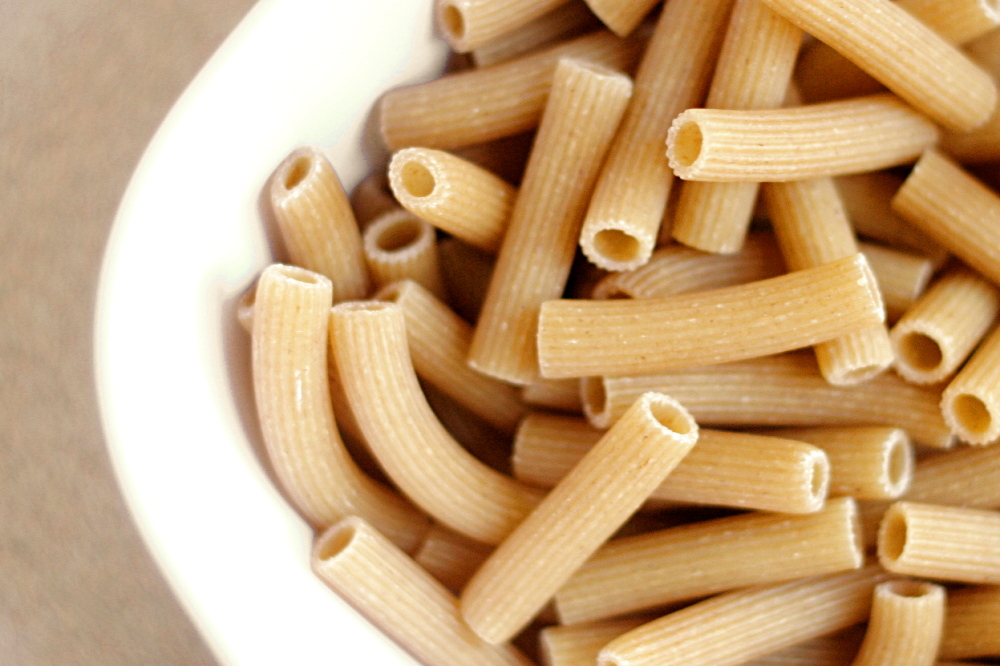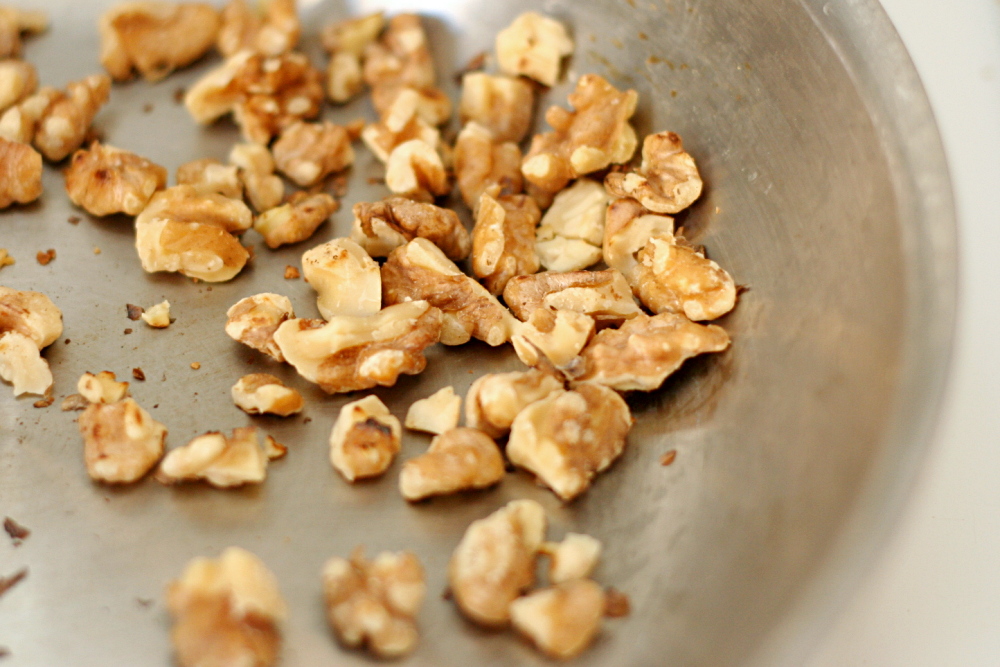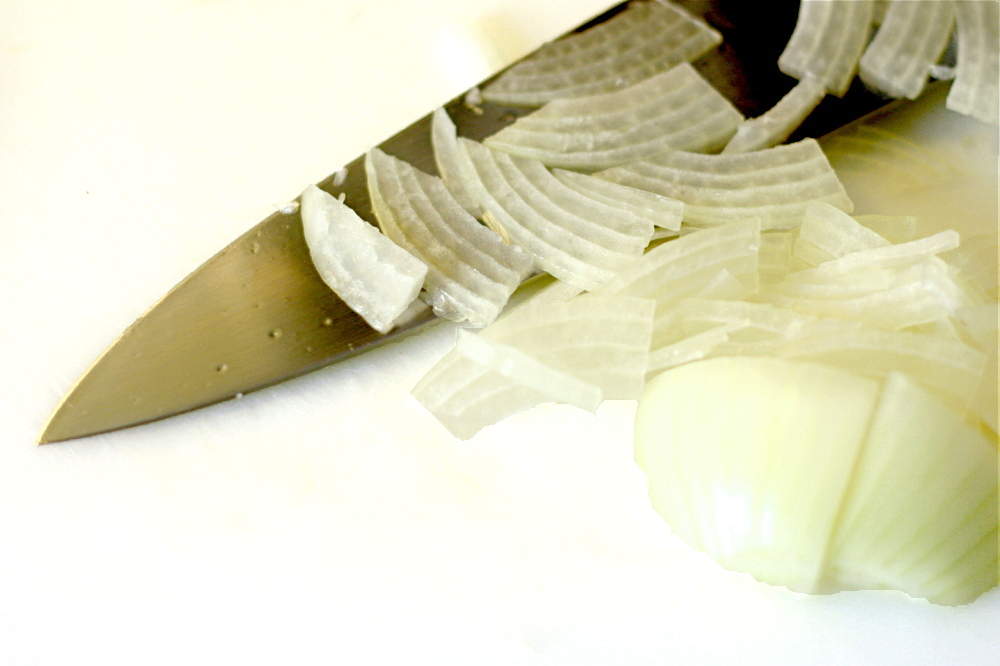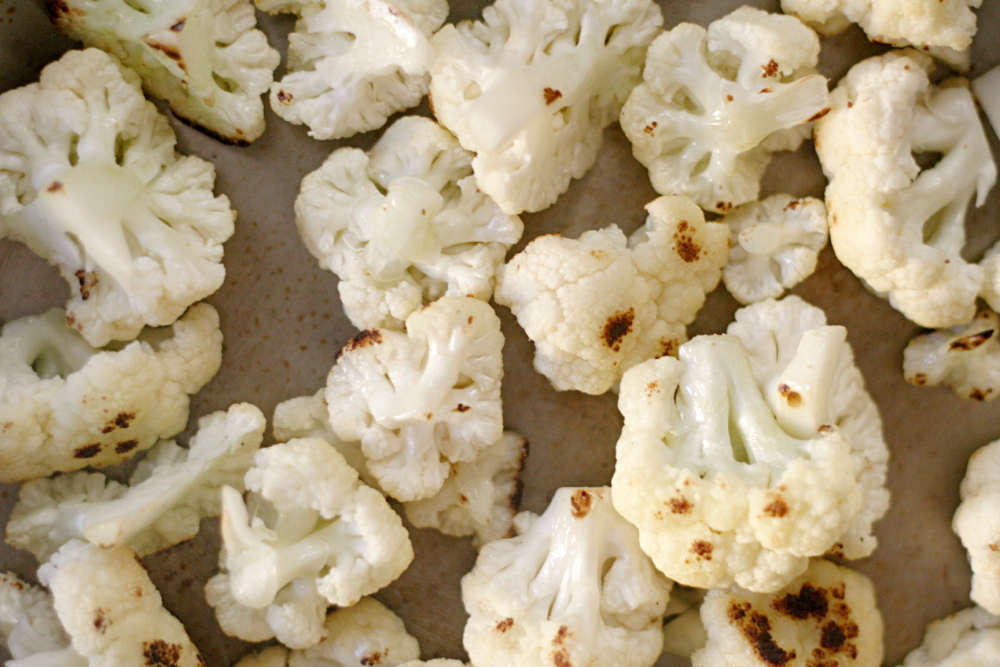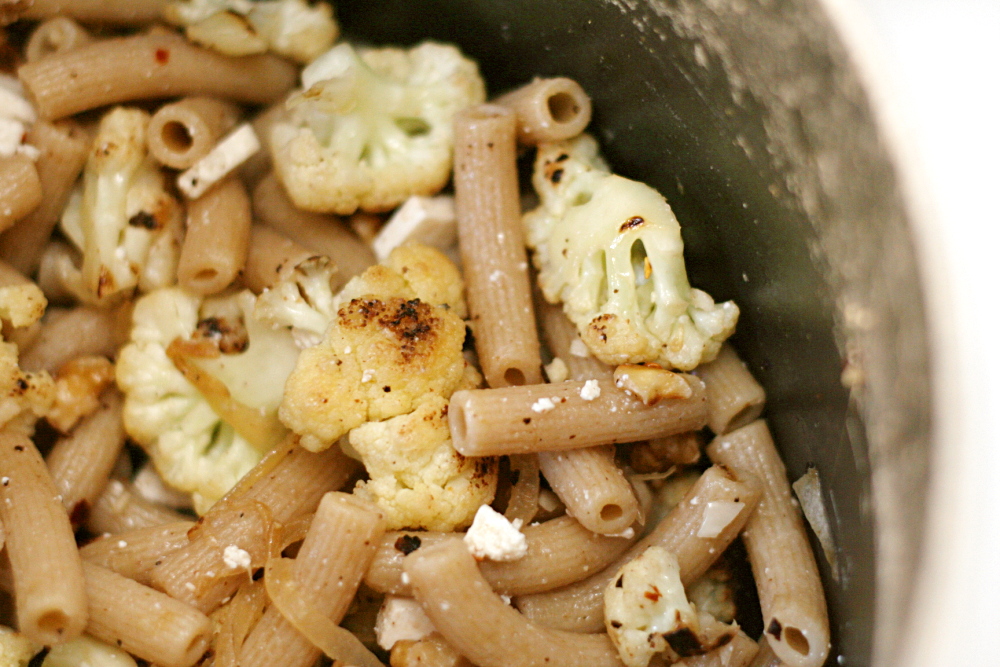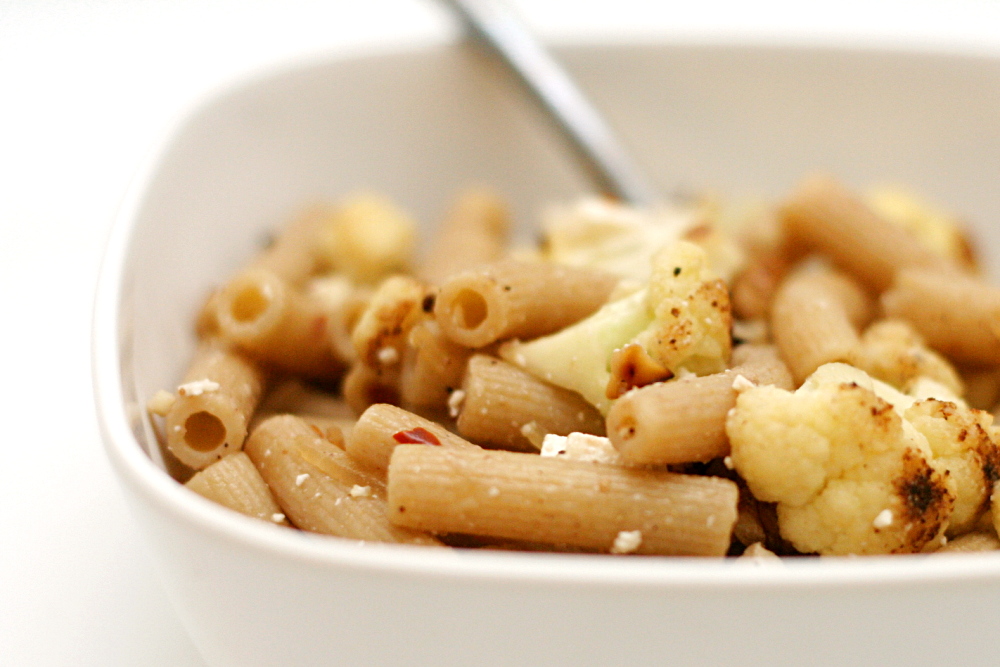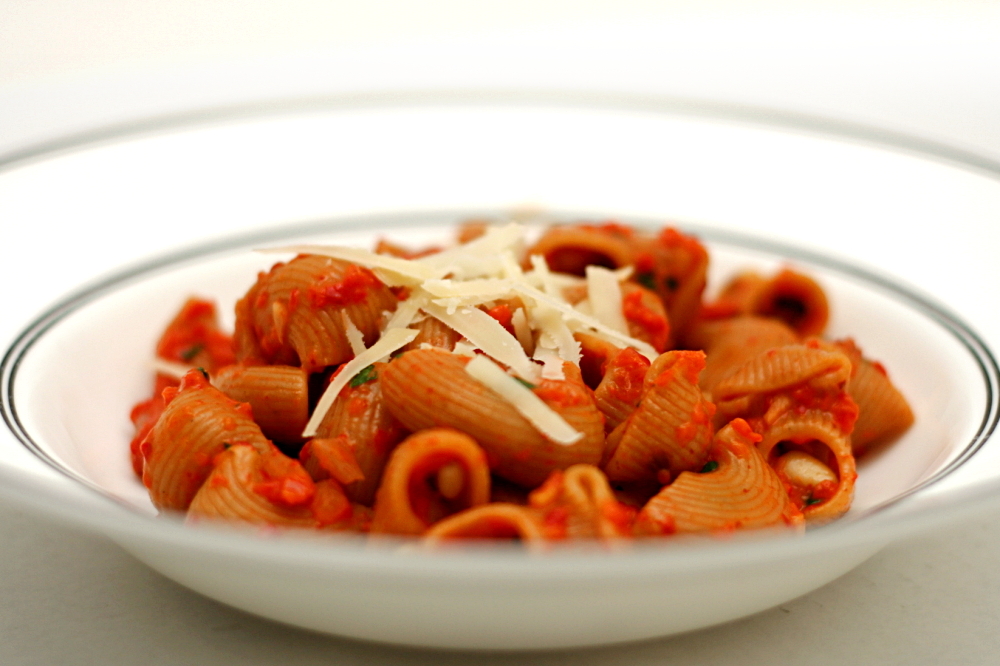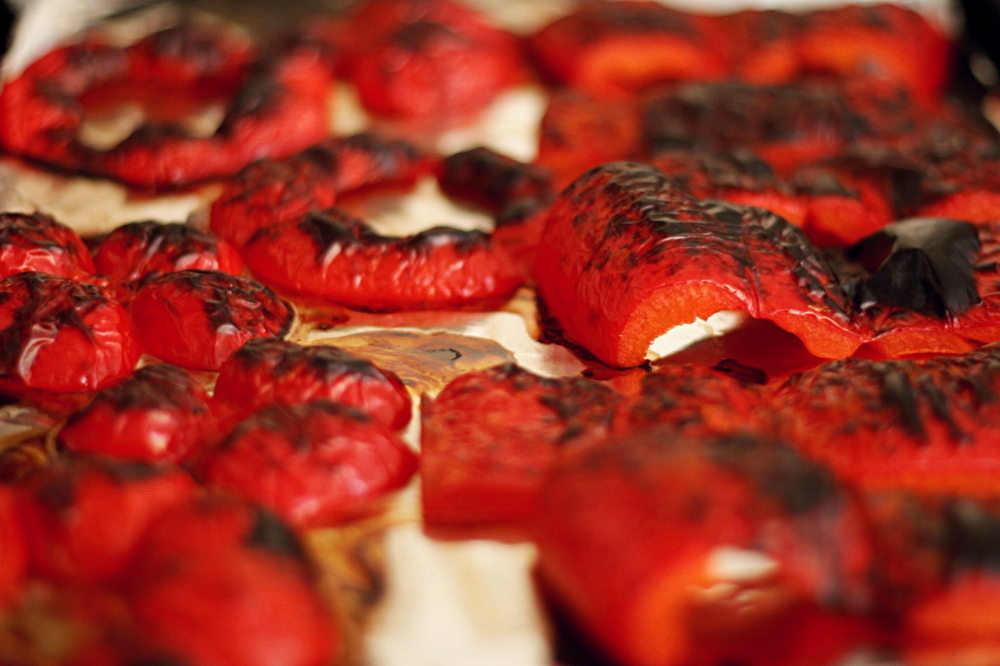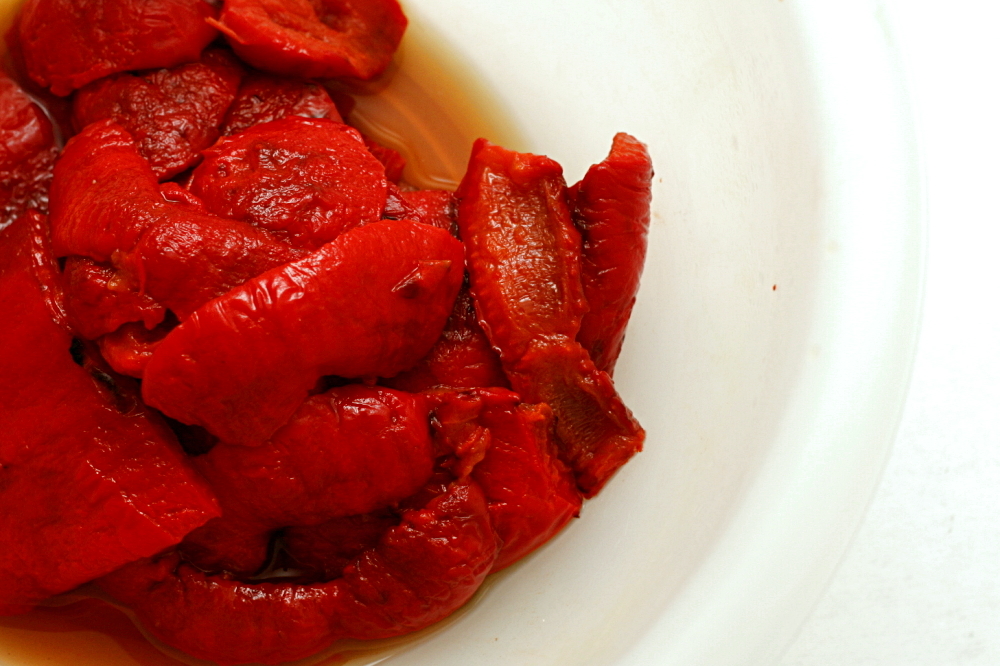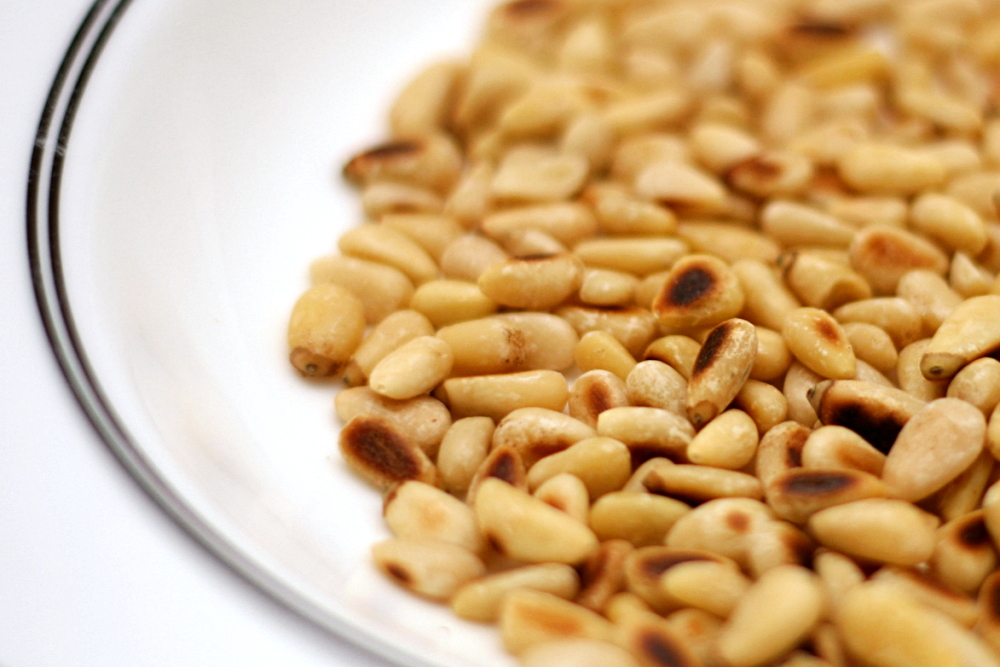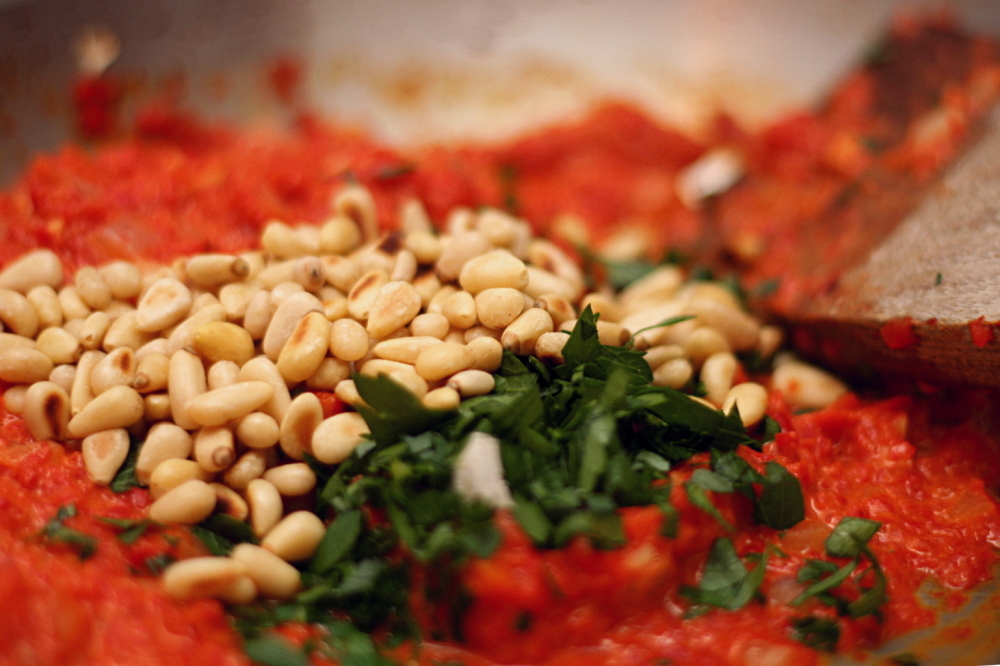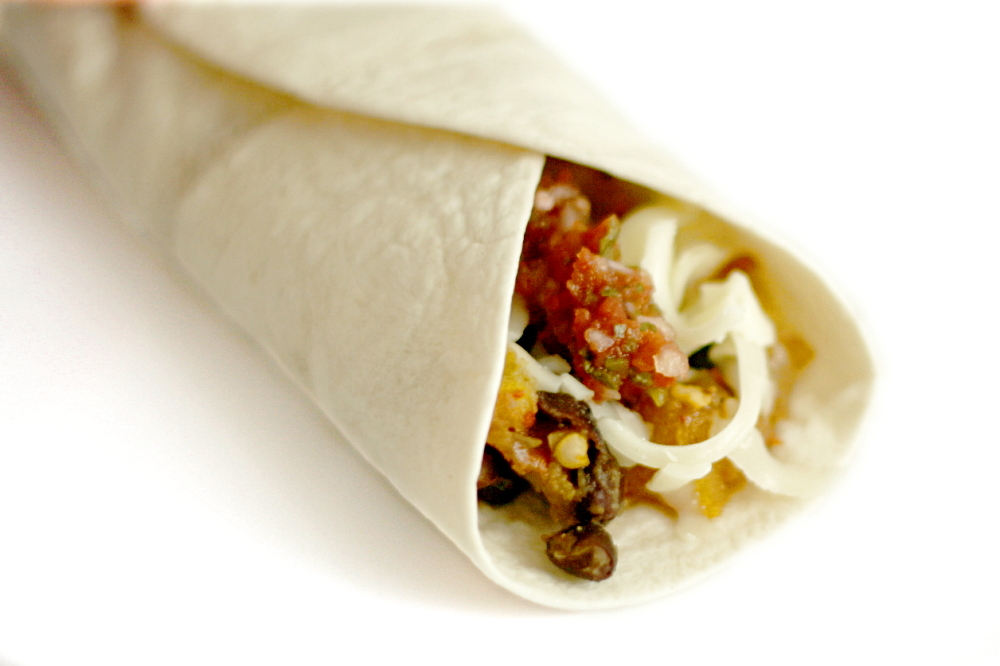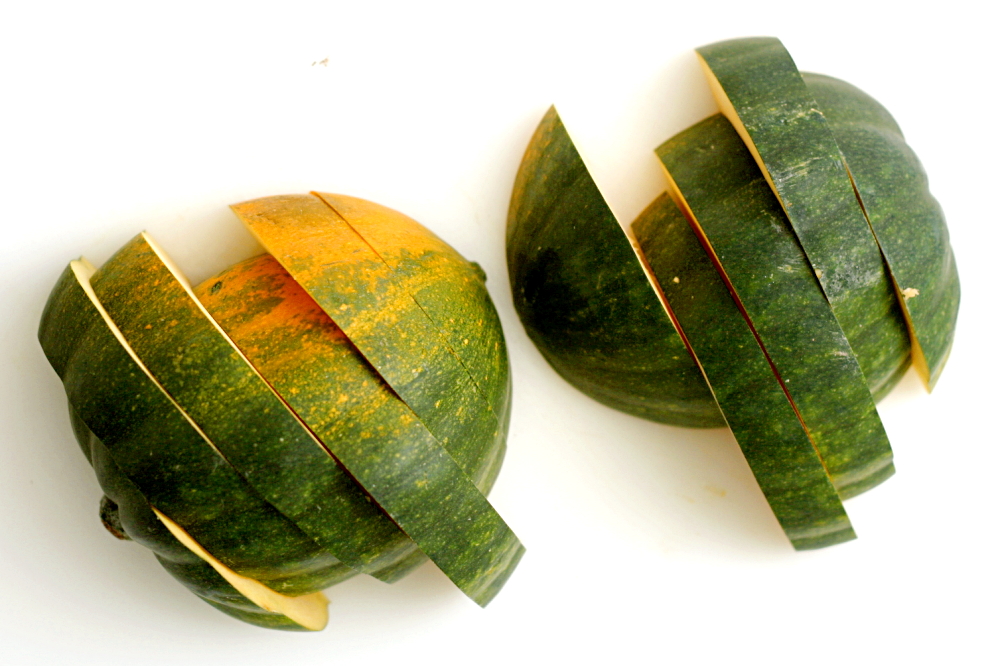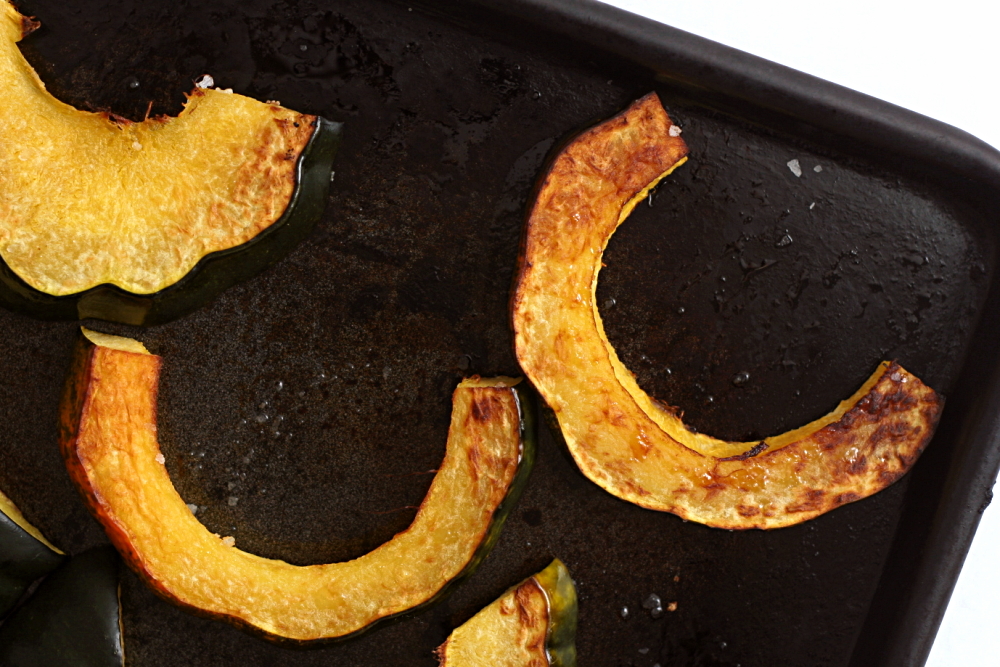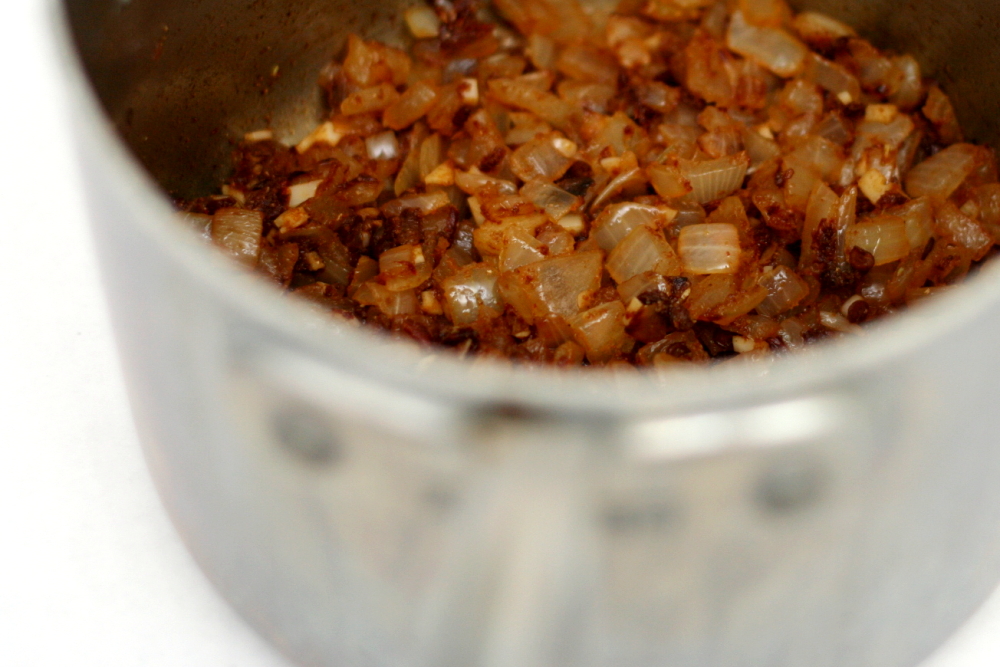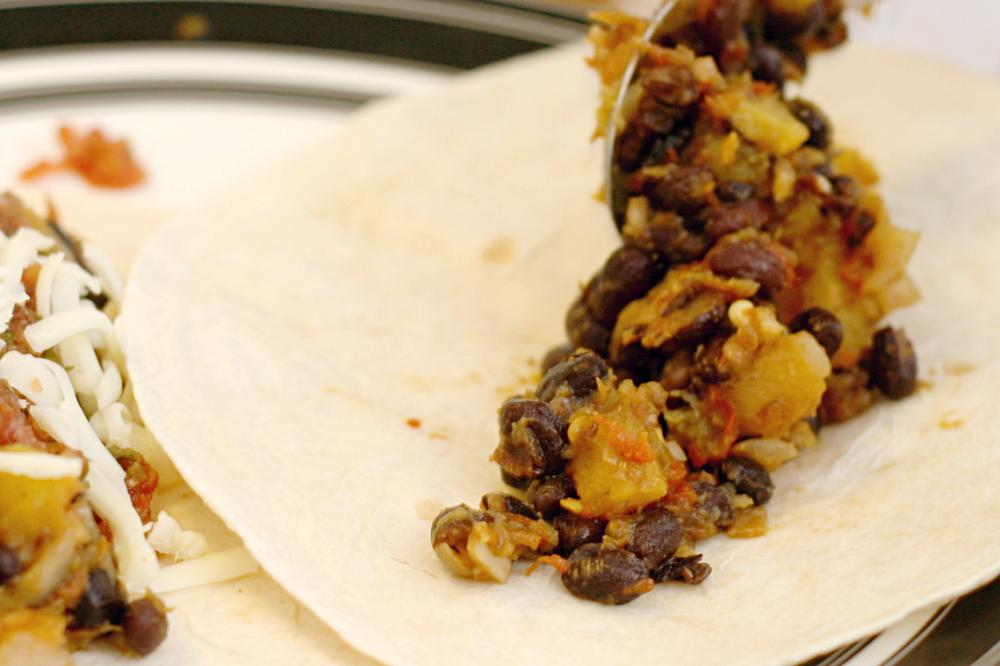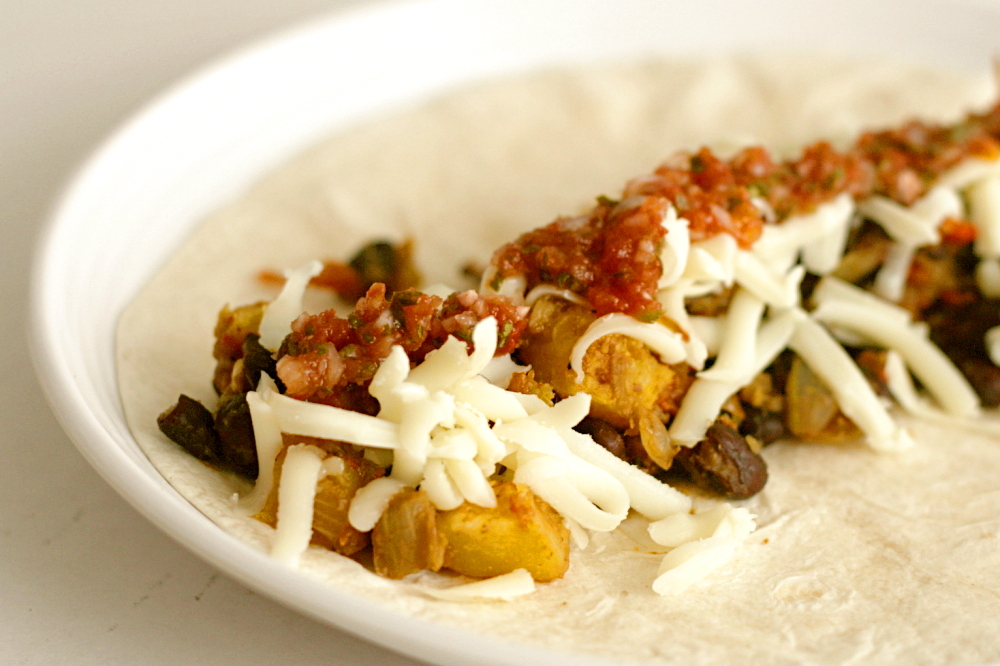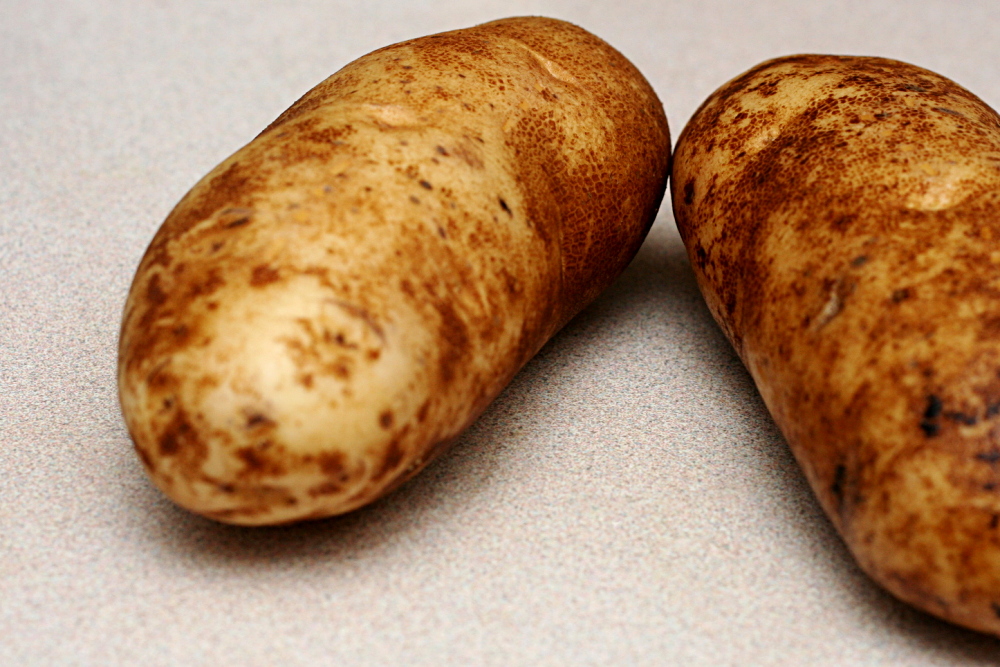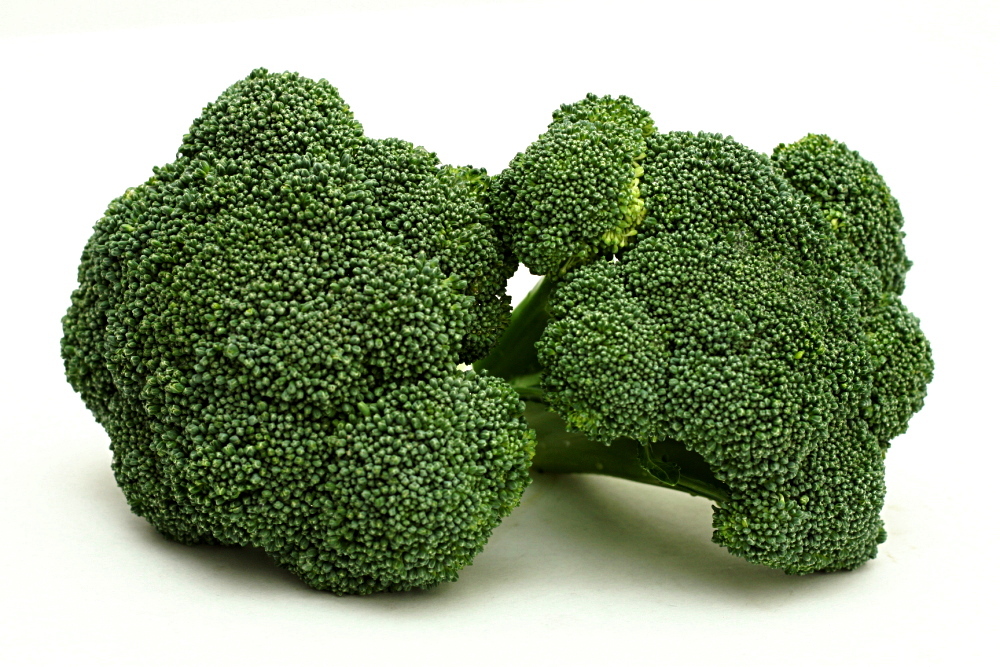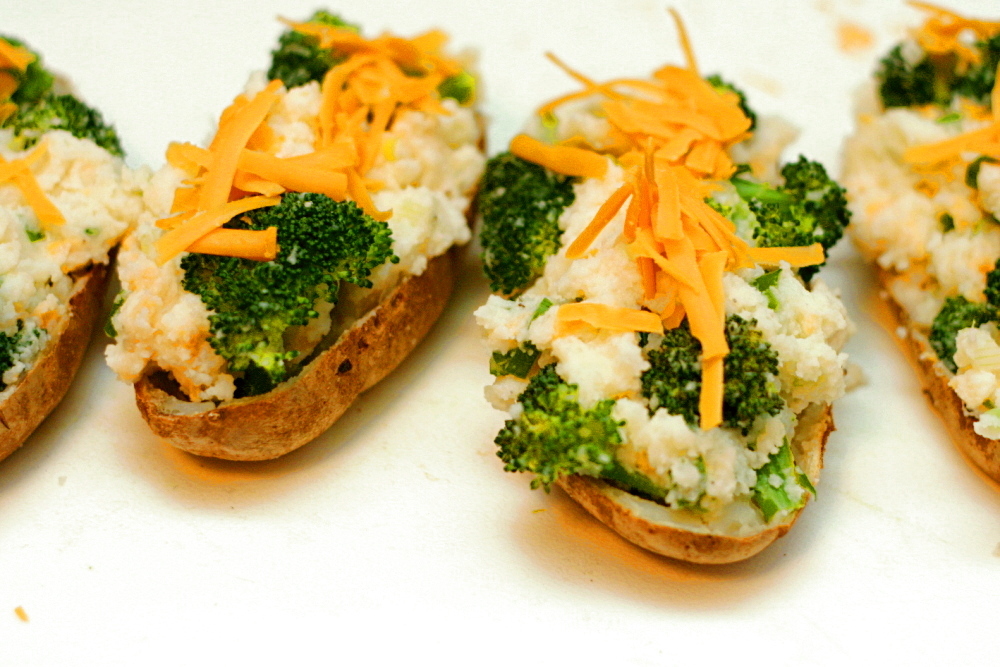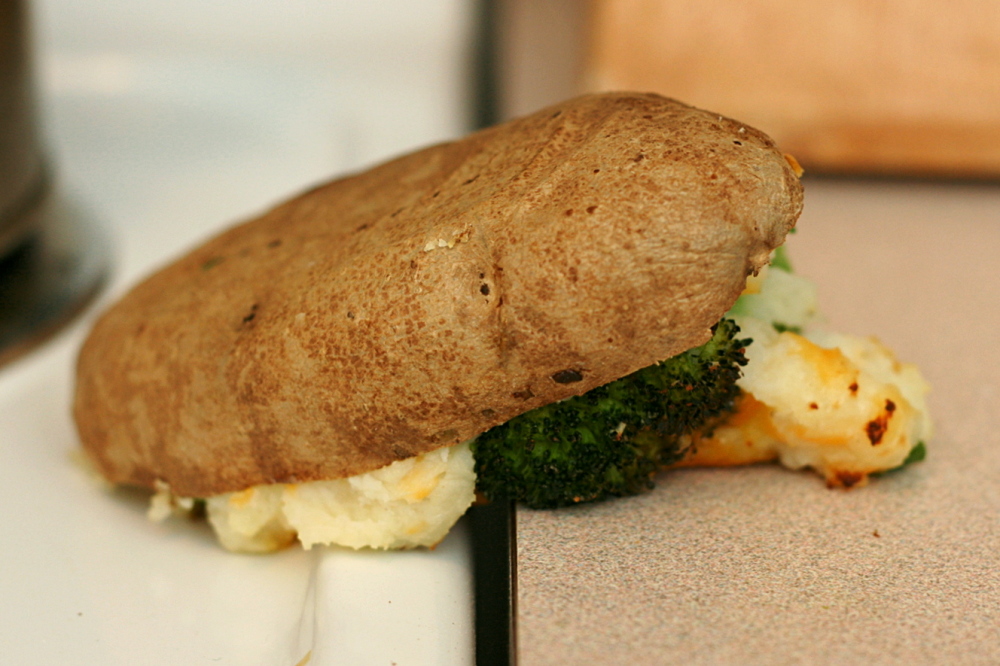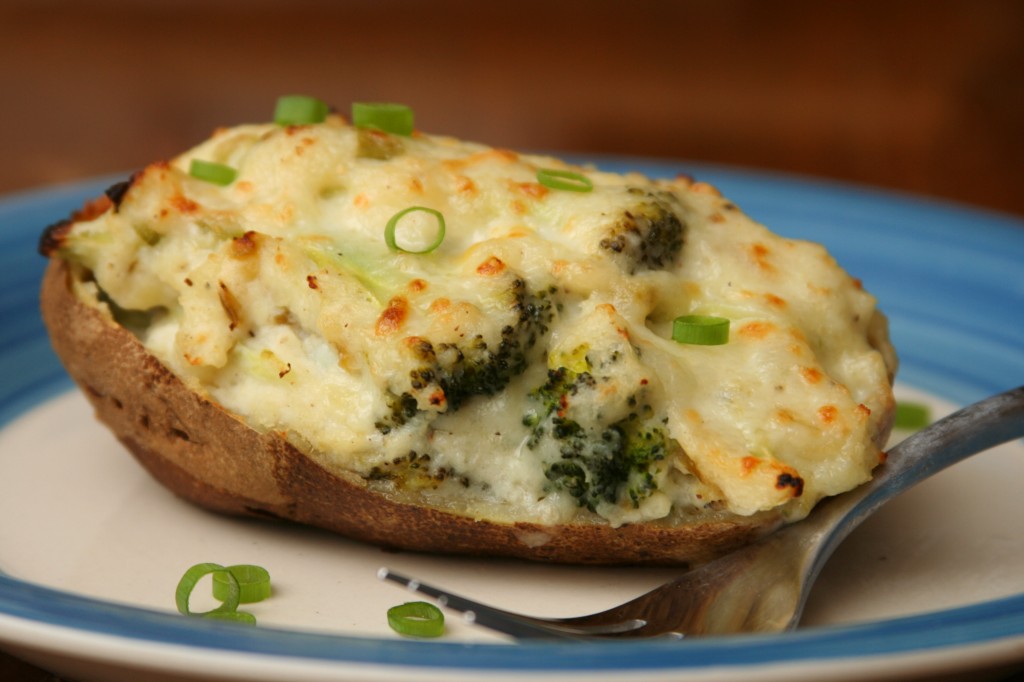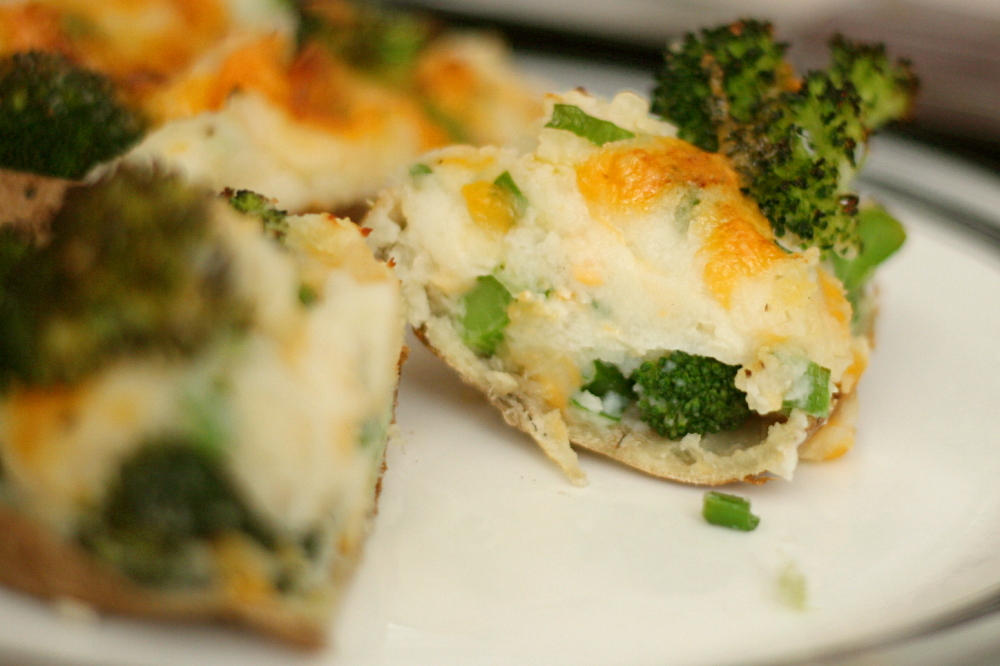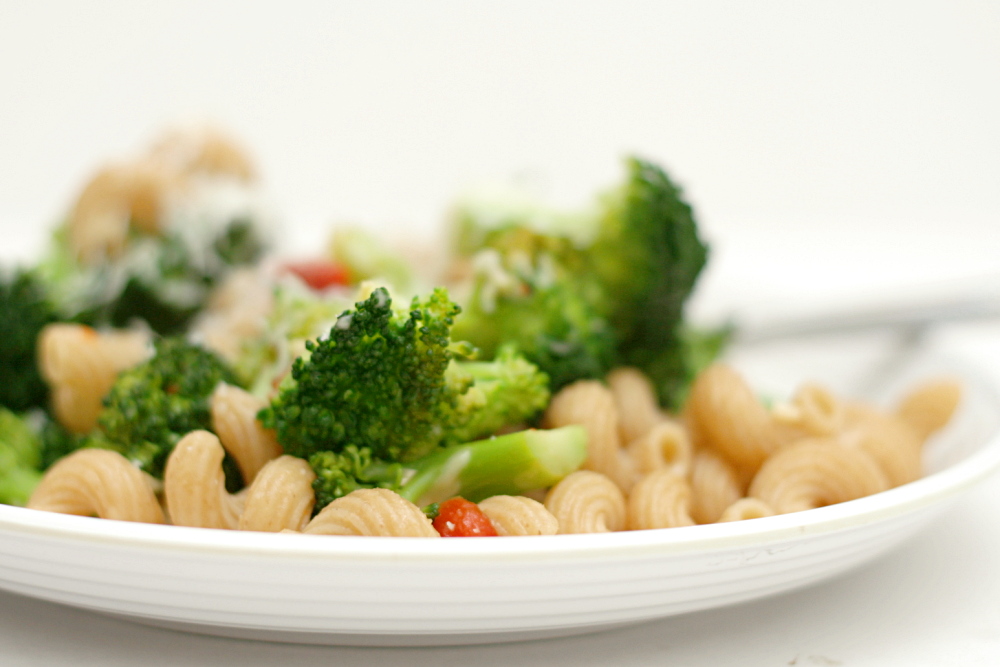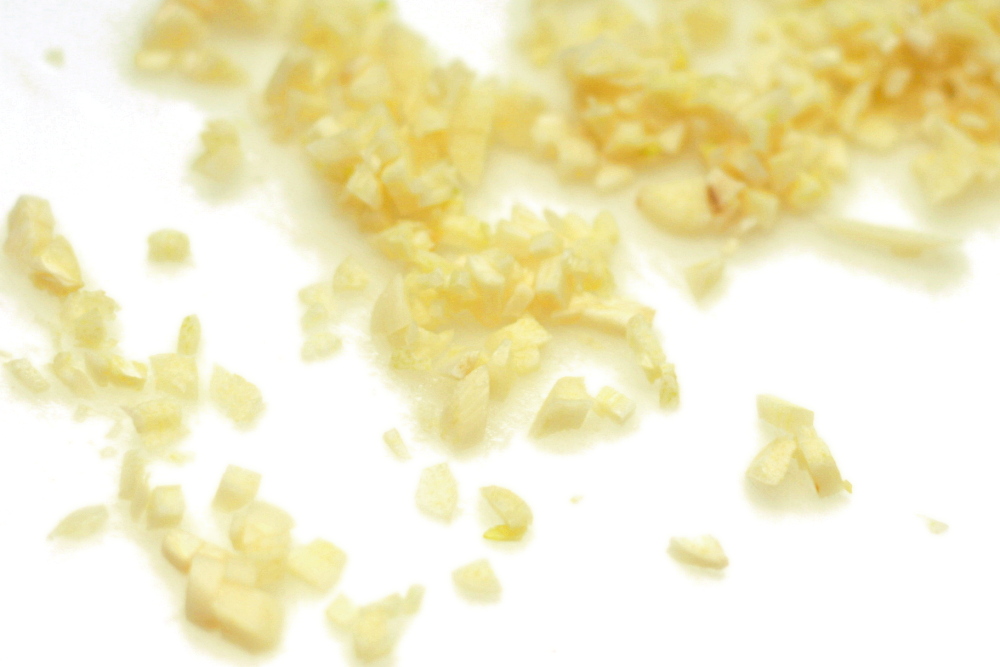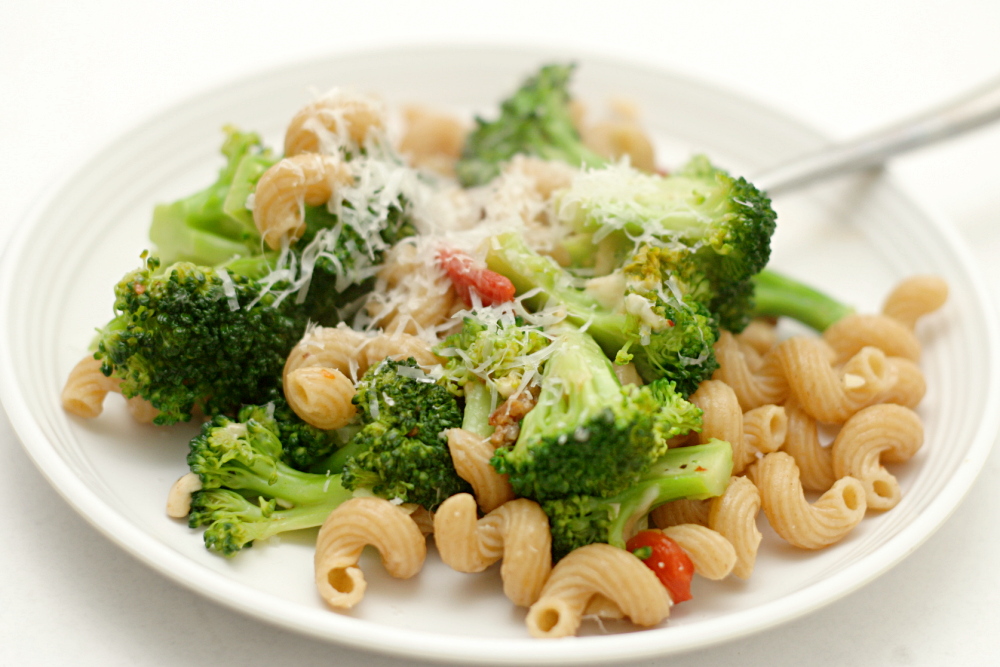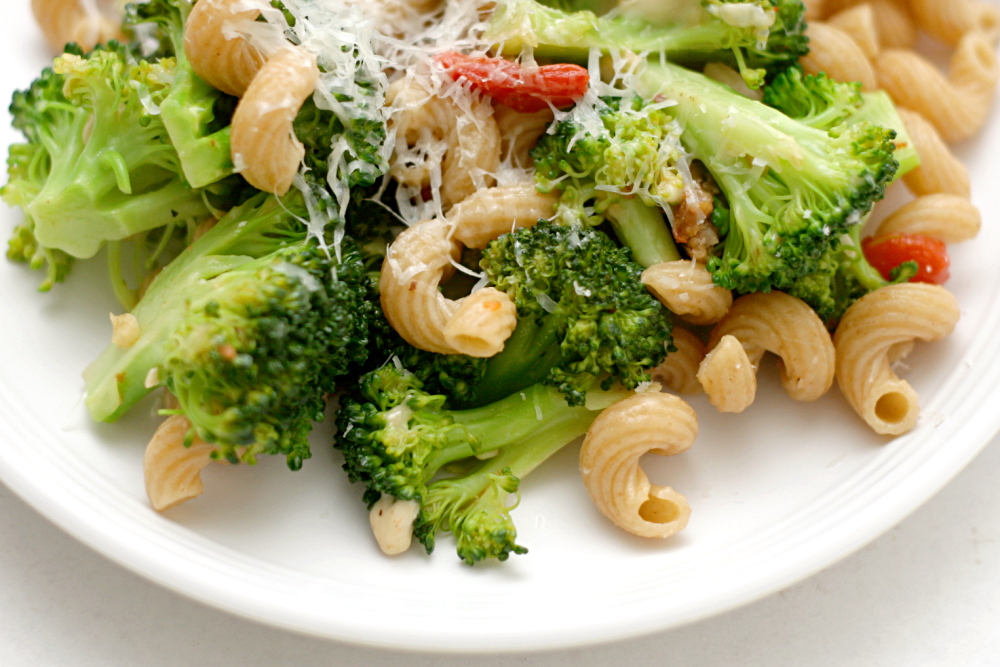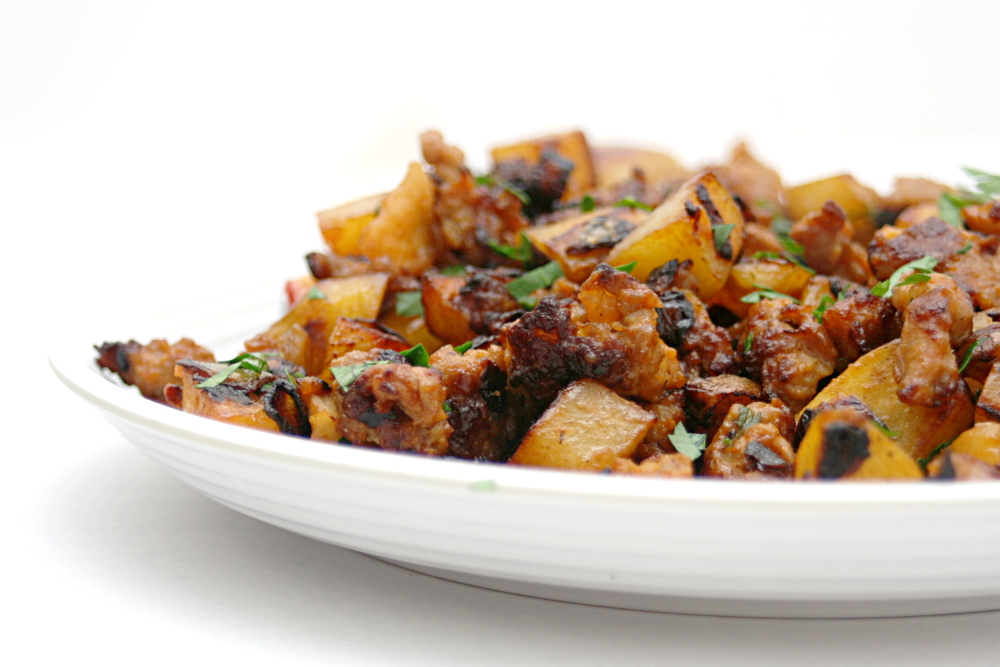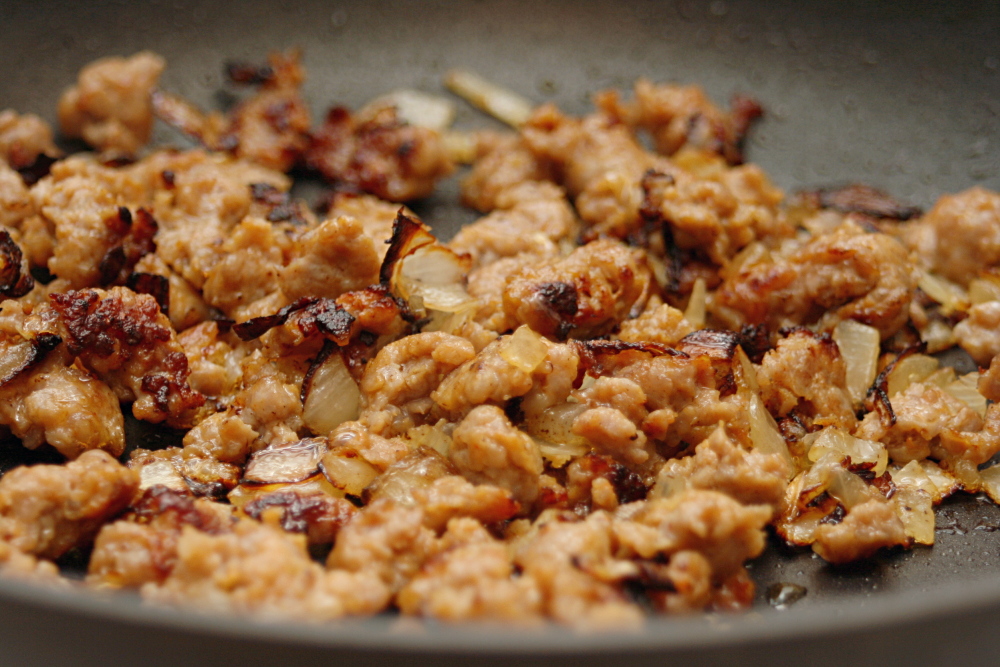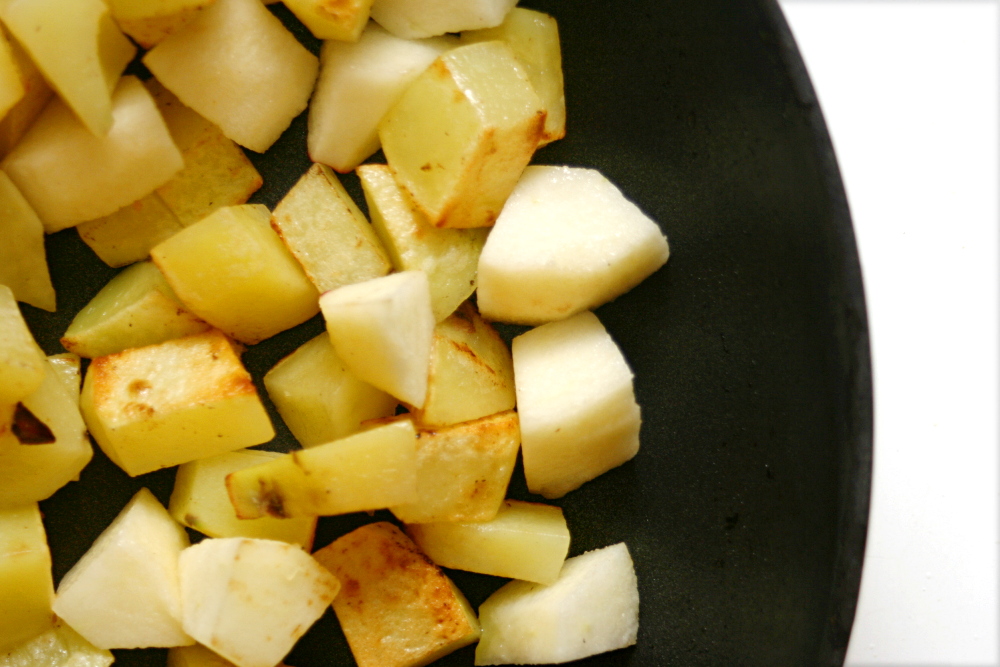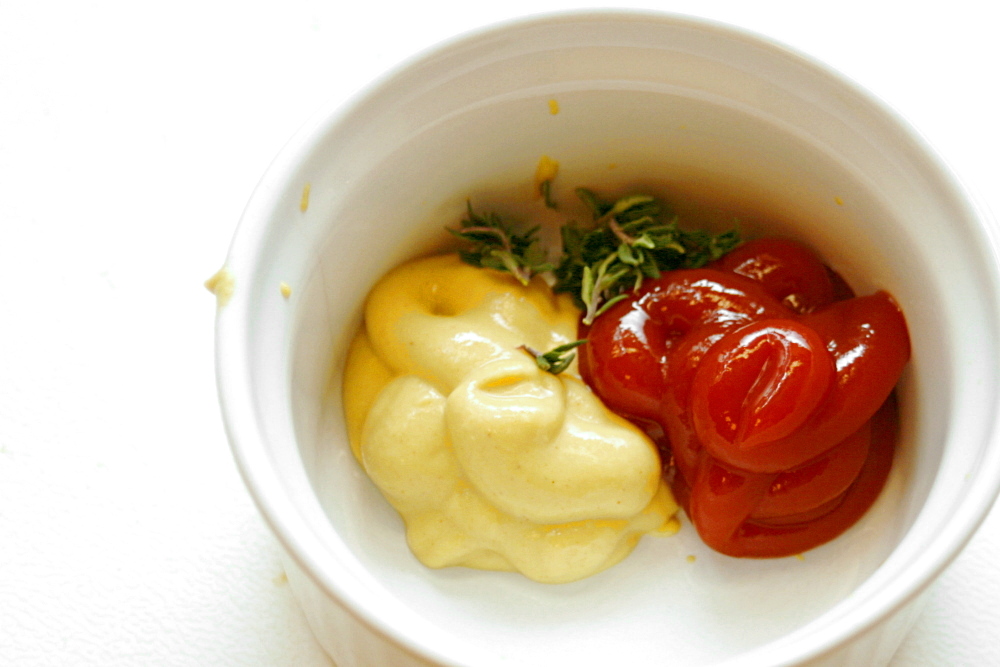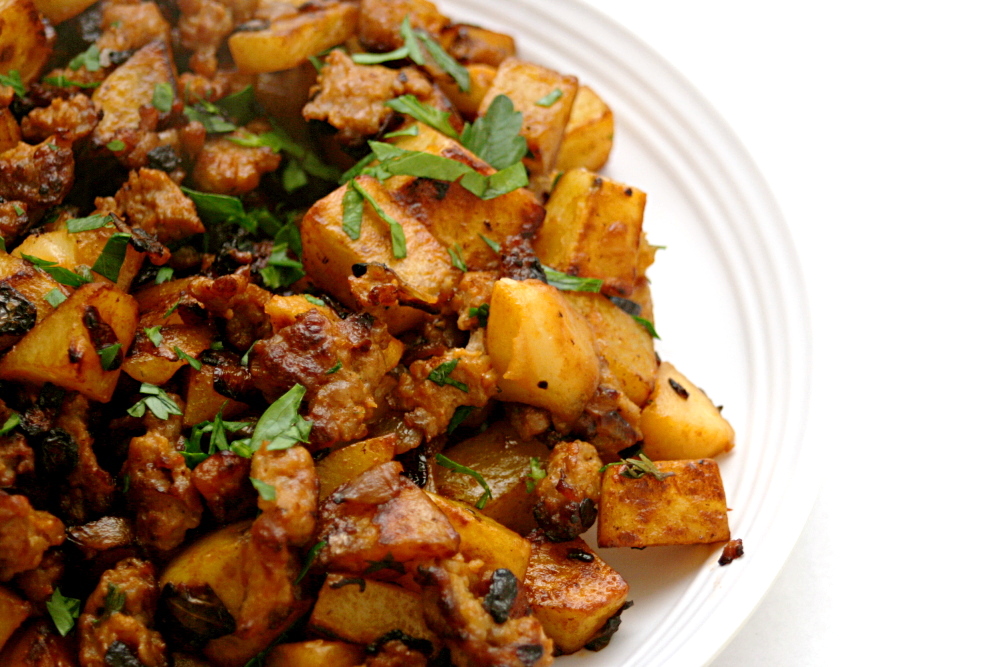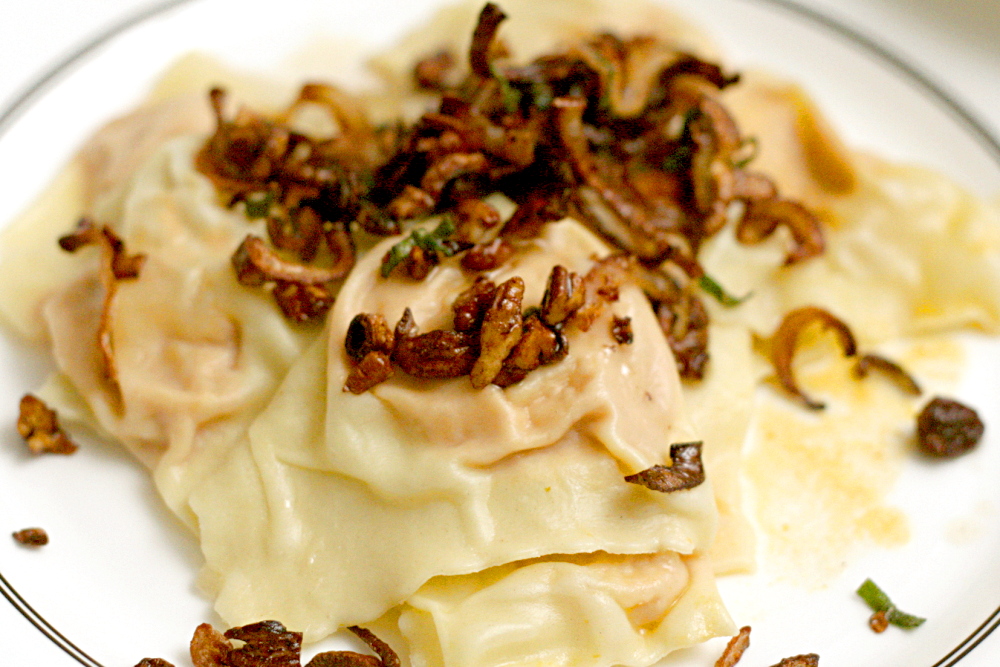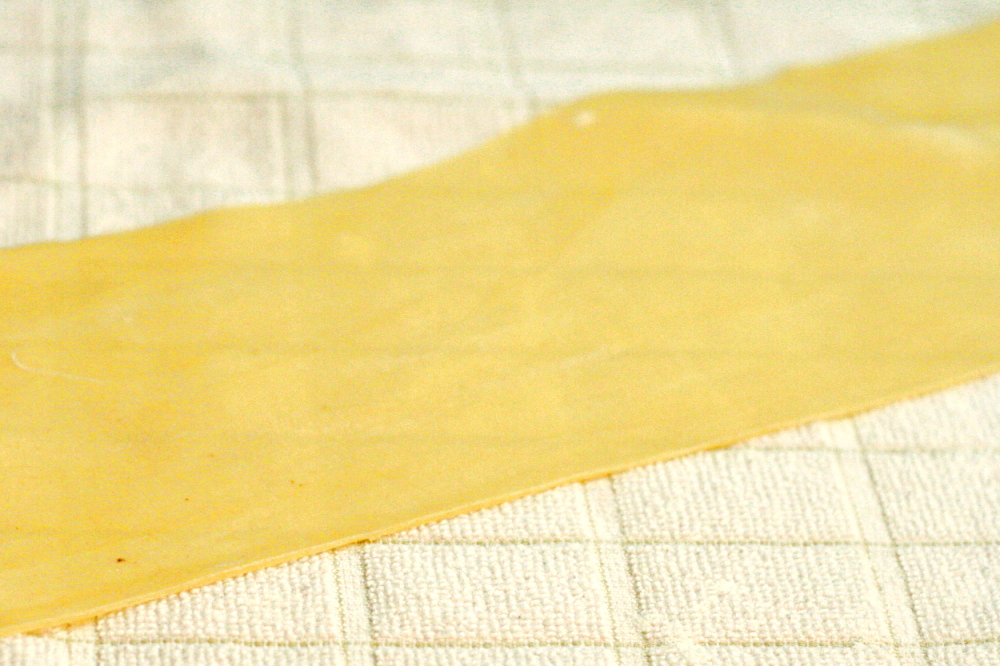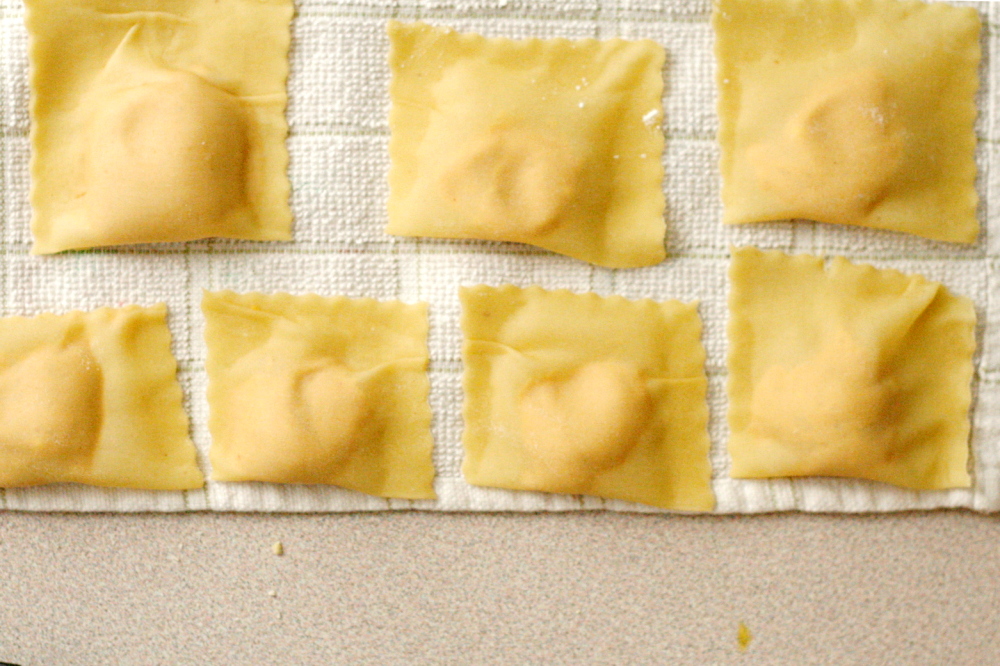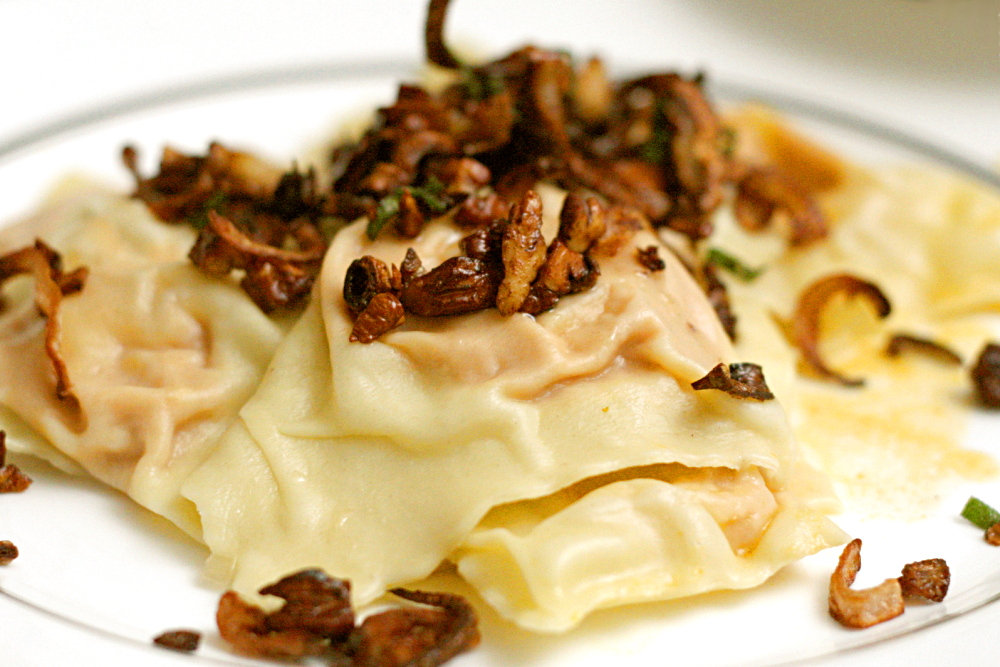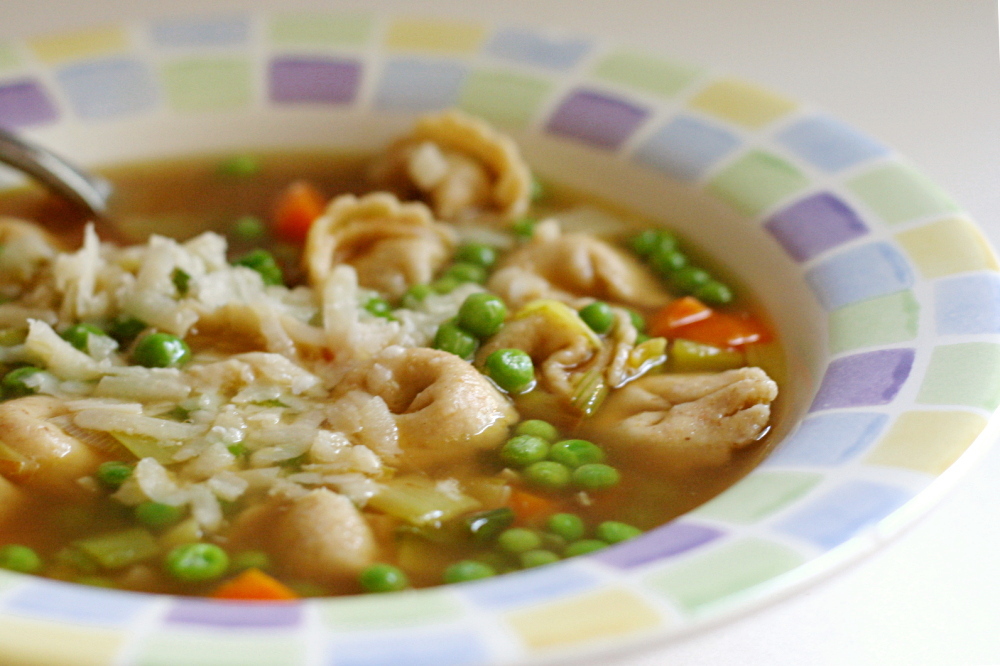
It turns out that pea-picking is way more fun than strawberry picking. For one thing, it isn’t nearly as crowded. Shocking, I know, that strawberries are more popular than peas. There’s also nothing squishy lurking under the foliage, and the peas are plentiful and just demanding to be picked. And pick we did, far more than we needed for this soup.

I know, it’s July, and you’re not interested in soup. Rest assured that I tried it both ways, and it’s just as good with frozen peas, so you’re free to wait until the weather cools down a bit. Either way, it takes all of 15 minutes to make. Even better, it covers all of your nutritional bases, making side dishes unnecessary, although we found that a chunk of crusty bread is a welcome addition.
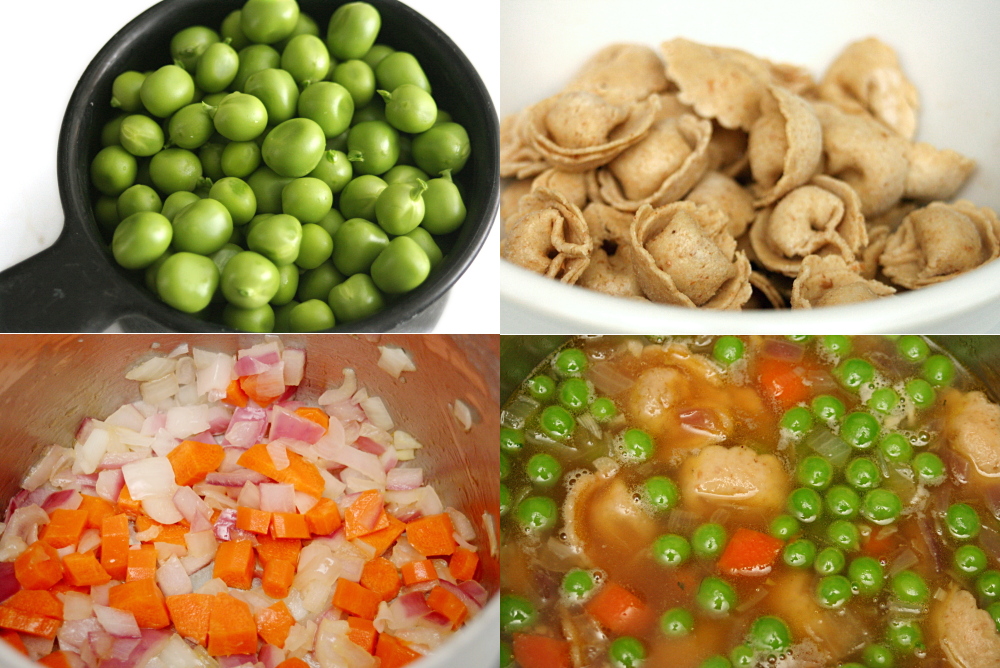
It comes together like any soup, starting with sautéing aromatics, adding broth, then tortellini, and finally the peas near the end. Pour it into bowls, top with some parmesan, and enjoy an assortment of light, spring flavors.
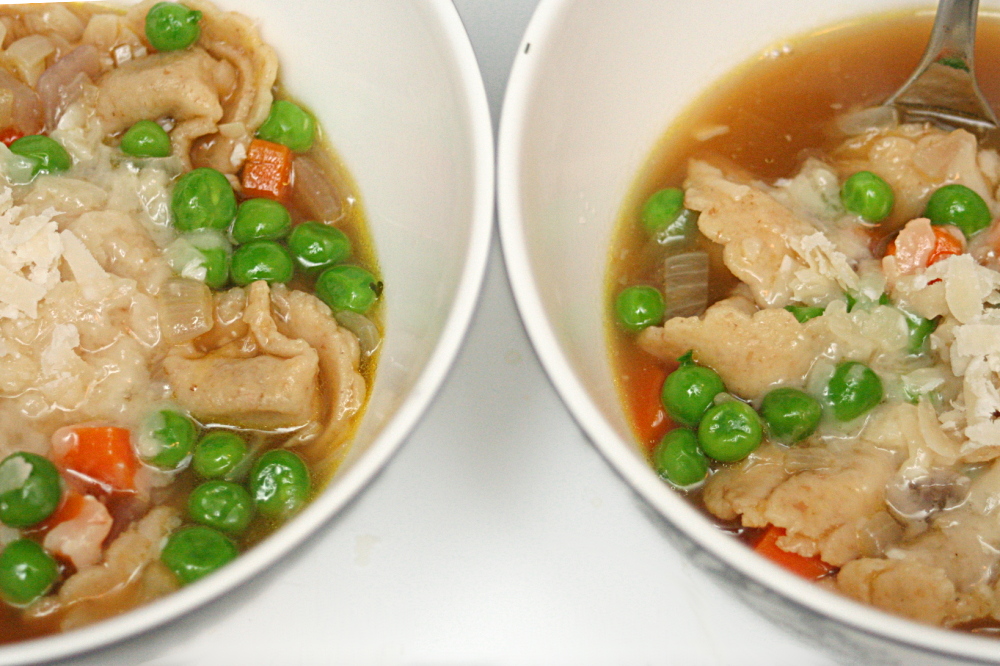
One year ago: Cherry Rhubarb Cobbler
Tortellini Soup with Carrots, Peas and Leeks (from Fine Cooking, November 2006)
I doubled, or maybe even quadrupled the carrot. Also, the second time I made it (when I took photos), I didn’t have leeks, so I had to use red onion instead.
2 medium leeks (12 ounces untrimmed)
1 tablespoons unsalted butter
3 cloves garlic, finely chopped (about 1 tablespoon)
½ medium carrot, peeled and finely diced (2 tablespoons)
kosher salt
freshly ground black pepper
5 cups low-salt canned chicken broth
8 ounces frozen cheese tortellini
1 cup frozen peas
¼ cup (½ ounce) freshly grated Parmigiano-Reggiano or Grana Padano
1. Trim the roots and dark green leaves from the leeks. Slice the white and light green part in half lengthwise and then slice the halves thinly crosswise. Rinse well and drain.
2. Melt the butter in a 4-quart saucepan over medium heat. Add the garlic, leeks, and carrot. Season with a couple pinches of salt and cook, stirring occasionally, until tender, 5 to 7 minutes. (It’s fine if the vegetables brown lightly.) Stir in ¼ teaspoon pepper and cook for about 20 seconds, then add the chicken broth and bring to a boil. Add the tortellini and cook for 3 minutes. Reduce the heat to a simmer and add the peas. Continue to simmer until the tortellini are cooked, 3 to 5 minutes.
3. Season to taste with salt and pepper. Portion the soup into warm bowls, top each with some of the cheese, and serve.
